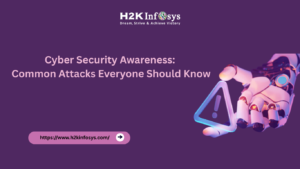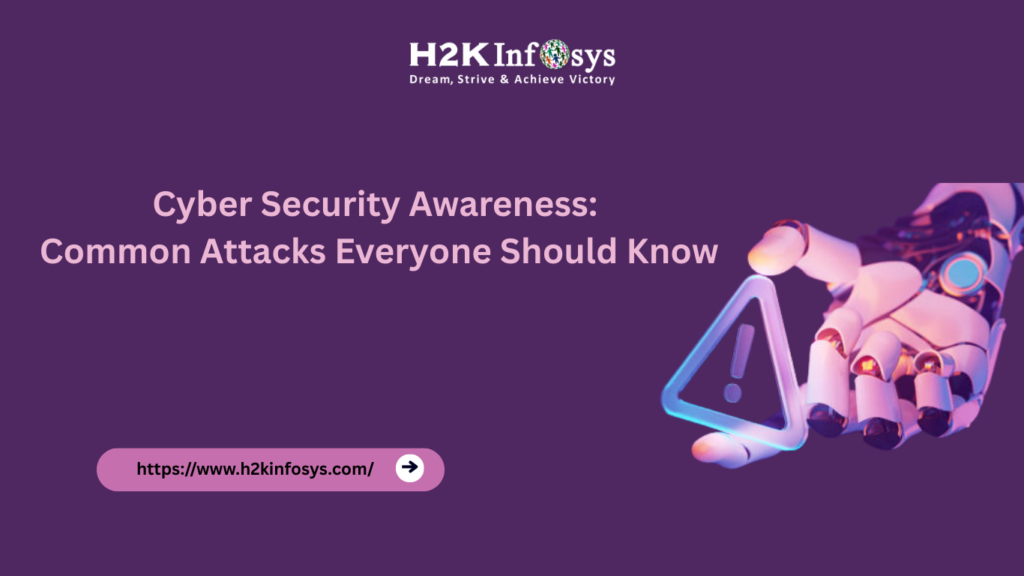Introduction: Why Query Types Matter in Cybersecurity
In today’s connected world, DNS (Domain Name System) is the unsung hero of the internet. It translates domain names into IP addresses, allowing users to access websites with ease. However, behind this convenience lies a critical distinction that every cybersecurity professional must understand: Recursive vs Iterative Queries.
This understanding is not just technical knowledge, it’s a practical necessity. If you’re pursuing Cyber security training and placement, or enrolled in a Cyber security course with placement, mastering the concept of Recursive vs Iterative Queries can boost your ability to diagnose threats, trace malicious traffic, and protect enterprise networks.
Let’s explore these two query types in detail, backed by real-world applications and security insights.
What Are DNS Queries?
Before we compare Recursive vs Iterative Queries, we must first understand what a DNS query does.
A DNS query is a request initiated by a client (often a web browser) to translate a domain name like www.h2kinfosys.com into its IP address. Two main types of DNS queries serve this function: recursive and iterative.
Each type behaves differently, and the choice between them has implications for both efficiency and security. Let’s examine these differences step-by-step.
Recursive Queries: Complete Resolution on Your Behalf
Definition
A recursive query is one where the DNS server assumes full responsibility for resolving the domain name. If the answer isn’t in its cache, the server will contact other DNS servers until it finds the answer, then return the result to the client.
Process Flow
- The client sends a request to a recursive resolver.
- If cached, the answer is returned immediately.
- If not, the resolver queries:
- Root server
- Top-Level Domain (TLD) server
- Authoritative name server
- Root server
- The resolver compiles the answer and delivers it back to the client.
Real Example
When a user visits www.h2kinfosys.com, the DNS resolver takes care of everything from reaching out to the root to getting the final answer. The end-user simply sees the page load, unaware of the behind-the-scenes resolution.
This is the “recursive” part in the Recursive vs Iterative Queries comparison; everything is done for the user.

Iterative Queries: Client-Driven Resolution
Definition
An iterative query shifts the responsibility to the client. Each server queried either returns an answer or refers the client to another server. The client follows this chain until it reaches the authoritative source.
Process Flow
- The client queries a DNS server.
- If the server doesn’t have the answer, it provides a referral.
- The client follows the referral to the next server.
- This continues until the final IP address is resolved.
Real Example
A system inside a private network performs iterative DNS lookups to resolve internal hostnames. Each server provides the next best answer, guiding the client step by step.
In the Recursive vs Iterative Queries comparison, iterative queries provide more transparency and are ideal for secured internal networks.
Comparative Table: Recursive vs Iterative Queries
| Criteria | Recursive Query | Iterative Query |
| Resolution Responsibility | Handled by DNS resolver | High for the client, low for DNS servers |
| Complexity | Low for client, high for resolver | High for client, low for DNS servers |
| Performance | Slower (in uncached lookups) | Faster in secure internal environments |
| Use Case | General web browsing | Corporate networks, secure DNS lookups |
| Relevance in Cybersecurity | DNS-based threat mitigation, user masking | Visibility, forensics, and audit logging |
This table simplifies the Recursive vs Iterative Queries debate, offering a clear breakdown of their characteristics and use cases.

Why Recursive vs Iterative Queries Matter in Cybersecurity
Understanding Recursive vs Iterative Queries goes beyond theory. It is directly tied to how cyber threats are managed and mitigated.
1. Threat Detection
Recursive DNS can be exploited for DNS tunneling, where attackers use DNS to exfiltrate data. Cybersecurity professionals trained to differentiate Recursive vs Iterative Queries can detect such threats faster.
2. DNS Amplification Attacks
Recursive servers are vulnerable to amplification attacks, which flood a target with high-volume DNS responses. Recognizing the risks associated with recursive queries is part of most cyber security training courses.
3. Forensics and Logging
Iterative queries provide detailed logs of each resolution step, which is valuable in incident response. Analysts often prefer iterative queries during cybersecurity training and job placement modules focusing on real-world forensics.
Practical Commands: Using DIG for DNS Query Testing
You can test both types of queries using the dig command-line tool.
Recursive Query Command:
dig www.h2kinfosys.com +recursiveIterative Query Command:
dig www.h2kinfosys.com +norecurseUse these tools to practically observe the difference in how queries are resolved. Practicing such commands is part of our Cyber security analyst training online programs.
Use Case: Recursive vs Iterative Queries in DNS Security
Imagine you’re investigating DNS behavior during a cybersecurity drill. You suspect data leakage via DNS tunneling. By analyzing whether the queries were recursive or iterative, you determine:
- Recursive = more chances of external data leakage.
- Iterative = controlled, internal routing and easier traceability.
Training in Recursive vs Iterative Queries becomes vital for both blue-team (defensive) and red-team (offensive) cybersecurity roles.
Integration in Cyber Security Education
H2K Infosys includes dedicated DNS resolution modules in its cyber security course and job placement program. Whether you’re learning through online classes in cyber security or attending cyber security training near me, you’ll encounter real-life lab environments where Recursive vs Iterative Queries are applied.
Instructors emphasize:
- DNS protocol behavior
- Real-time packet capture analysis
- Query-based threat modeling
Key Takeaways: Mastering Recursive vs Iterative Queries
- Recursive queries simplify the client-side but come with security vulnerabilities.
- Iterative queries offer more visibility and control but require greater client-side logic.
- The distinction between Recursive vs Iterative Queries is crucial for threat detection, DNS monitoring, and attack prevention.
- This knowledge is essential for anyone serious about a career in cybersecurity.
Conclusion: Ready to Master DNS and Cybersecurity?
Whether you’re just starting or deepening your expertise, mastering Recursive vs Iterative Queries is a core part of becoming a job-ready security professional.
Join H2K Infosys’ Cybersecurity training and placement programs today and gain practical skills that set you apart in the job market.
Enroll now and become the cybersecurity expert who understands DNS from the inside out.


























